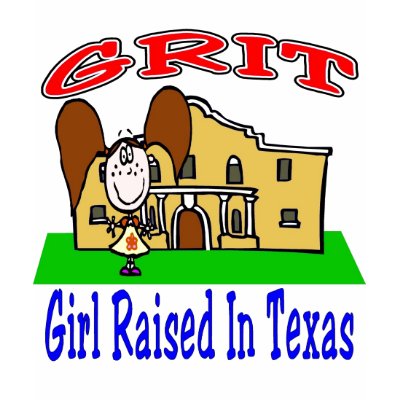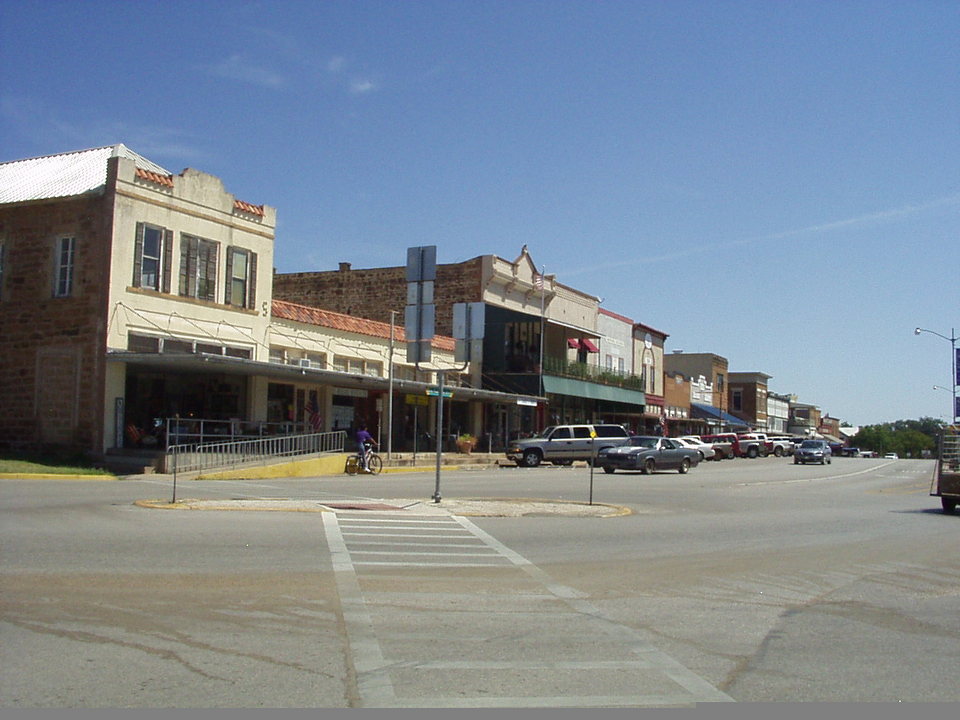Blue Highways: West of the Pecos, Texas
Unfolding the Map
Click on Thumbnail for MapWe're driving along with William Least Heat-Moon (LHM). The dusk is starting to get deeper. There, against the paling light of the horizon, we see an almost perfect cone, rising like a temple out of the landscape. We'll stop, climb it's height with LHM, and do some reflection. See where I think this geographical feature that so caught LHM's attention is located by clicking on the map thumbnail at right.
Book quote
"West of the Pecos, a strangely truncated cone rose from the valley. In the oblique evening light, its silhouette looked like a Mayan temple, so perfect was its symmetry. I stopped again, started climbing, stirring a panic of lizards on the way up. From the top, the rubbled land below - veined with the highway and arroyos, topographical relief absorbed in the dusk - looked like a roadmap.
"....The night, taking up the shadows and details, wiped the face of the desert into a simple, uncluttered blackness until there were only three things: land, wind, stars. I was there too, but my presence I felt more than I saw. It was as if I had been reduced to mind, to an edge of consciousness. Men, ascetics, in all eras have gone into deserts to lose themselves - Jesus, Saint Anthony, Saint Basil, and numberless medicine men - maybe because such a losing happens almost as a matter of course here if you avail yourself. The Sioux once chanted, 'All over the sky a sacred voice is calling.'"
Blue Highways: Part 4, Chapter 8
 Is this where William Least Heat-Moon climbed his "Mayan temple" in the desert west of the Pecos? Image from Google Earth's street view at 30.919661°, longitude -101.981235°West of the Pecos, Texas
Is this where William Least Heat-Moon climbed his "Mayan temple" in the desert west of the Pecos? Image from Google Earth's street view at 30.919661°, longitude -101.981235°West of the Pecos, Texas
One of the coolest things invented, I think, is the programming code that first started out as Keyhole, and is now Google Earth. LHM didn't give exact directions about where he found things along the side of the road, and there are some landmarks - a stream, a tree - that are going to be absolutely impossible to find. But with the help of Google Earth, and especially it's street view feature, I think I was able to find exactly this very spot that LHM writes about west of the Pecos River. If anyone is traveling along what once was Texas 29, now U.S. 190, toward Fort Stockton after passing through Iraan, Texas and then over the Pecos, you'll find this particular landmark at latitude 30.919661°, longitude -101.981235°. The picture above was captured from Google Earth, and is what makes me think it's the right place, though of course there is no way of really knowing. However, it appears to be the only place along that road that matches the description.
LHM seems to exhibit a lot of patterns on this trip. He likes to stop at interesting places that are off the road. He likes to climb to the top of things - he did so at the Caddo Mounds, and now here. He also frequently evokes references to losing oneself. He does a lengthy exploration of people voluntarily removing themselves from society at a trappist monastery in Georgia. He refers to Jesus, saints and others in the quote above who have availed themselves of the desert to explore their deeper humanity and spirituality in a search for answers.
I think we can make our own deserts or we can find the physical desert, but the manifestation of the desert is different depending on which one we are in. Since I've been living in a desert, the differences and the connections are more intermingled for me than they have been in the past. Before, when I lived in other non-desert places, the actual desert was so far removed from my ordinary experience that seeing one or being in one was really a clash of sensibilities. I wondered how anyone could possibly live there.
But often, regardless of where I was located, I was in a desert of my own making. When I felt lonely, when if I withdrew from people because I was emotionally hurt or angry, or when I sought solace in meditation or prayer or some other type of reflective activity, I was inhabiting a desert of my own creation. It is written that Jesus went into the desert and was tempted by Satan. Every time I partook of activities in attempts to forestall something that I needed to do or take care of something that I should address, I was succumbing to those temptations and trapping myself in my desert.
The physical desert brings everything into stark relief. In the desert you really are alone, and you feel very physically separated from other people. You have withdrawn and it is difficult not to meditate or pray or reflect. You are putting life aside for a moment to be there, because even though time doesn't really stop, it feels like it has. The desert invites you to look at your life and put it in perspective. The desert can tempt you with visions of what your life is and ought to be. Medicine men go to the desert and some take narcotics like peyote in a ritual meant to draw the spirits and release those visions in stark detail, but the ordinary person need not go to such extremes to have similar desert revelations.
LHM says that he felt his presence and that he had been reduced to mind. It is an amazing feeling to be at once so small and so big. It puts us in our rightful place. Yes, we are small in the cosmic sense, but yes, we are big because we can see, hear, experience so much and even our smallest actions can have large effects on our world. Go to the desert to see, and you just may See.
Musical interlude
This is not a musician from Texas, but the topic made me think of this song anyhow. Blind Willie McTell was a very influential blues artist in the 20s and 30s. Searching the Desert for the Blues is a testament that no matter what our situation, we create our own deserts even in the midst of plenty.
If you want to know more about this area
I don't have anything for you. It's a lonely stretch of land between Iraan and Fort Stockton. It's all well, however. Like LHM, you can take this space and time to do some reflection if you wish.
Next up: Fort Stockton, Texas




 Sunday, February 20, 2011 at 10:02AM
Sunday, February 20, 2011 at 10:02AM

